Government Initiatives and Regulations
Government initiatives and regulations are significantly influencing the Lighting Product Market. Many countries are implementing stringent energy efficiency standards and promoting the adoption of sustainable lighting solutions. These regulations often encourage consumers and businesses to transition to energy-efficient products, such as LEDs, which are known for their lower environmental impact. In 2025, it is anticipated that government incentives will further boost the adoption of energy-efficient lighting solutions, potentially increasing market penetration. As a result, manufacturers are aligning their product offerings with these regulations to ensure compliance and capitalize on the growing demand for sustainable lighting options within the Lighting Product Market.
Technological Advancements in Lighting
Technological advancements play a pivotal role in shaping the Lighting Product Market. The integration of smart technology, such as IoT-enabled lighting systems, is transforming traditional lighting into intelligent solutions. These systems allow for remote control, automation, and energy monitoring, appealing to tech-savvy consumers. In 2025, the smart lighting segment is expected to grow at a compound annual growth rate of approximately 20%. This growth indicates a shift in consumer preferences towards more interactive and customizable lighting experiences. As a result, manufacturers are investing in research and development to create innovative products that align with these technological trends, thereby enhancing their competitiveness in the Lighting Product Market.
Growing Awareness of Health and Well-being
The growing awareness of health and well-being is emerging as a significant driver in the Lighting Product Market. Research indicates that lighting can impact mood, productivity, and overall health. As consumers become more conscious of the effects of lighting on their well-being, there is an increasing demand for products that promote better health outcomes, such as circadian lighting systems. In 2025, the market for human-centric lighting solutions is expected to expand, reflecting a shift towards products that enhance quality of life. Manufacturers are likely to invest in developing lighting solutions that cater to this trend, thereby positioning themselves favorably within the Lighting Product Market.
Rising Demand for Energy Efficient Solutions
The Lighting Product Market experiences a notable surge in demand for energy-efficient solutions. As consumers become increasingly aware of environmental issues, the shift towards sustainable lighting options, such as LED technology, is evident. In 2025, energy-efficient lighting products are projected to account for over 60% of the total lighting market. This trend is driven by both regulatory measures and consumer preferences, as energy-efficient products not only reduce electricity consumption but also lower utility bills. Consequently, manufacturers are focusing on developing innovative lighting solutions that meet these demands, thereby enhancing their market position within the Lighting Product Market.
Increased Focus on Aesthetic and Functional Design
The Lighting Product Market is witnessing an increased focus on aesthetic and functional design. Consumers are not only seeking illumination but also products that enhance the overall ambiance of their spaces. This trend has led to a rise in demand for designer lighting fixtures that combine functionality with artistic appeal. In 2025, the decorative lighting segment is projected to grow significantly, driven by the rising popularity of interior design and home improvement projects. Manufacturers are responding by offering a diverse range of products that cater to various design preferences, thereby expanding their market reach within the Lighting Product Market. This emphasis on design is likely to influence purchasing decisions, as consumers prioritize aesthetics alongside performance.

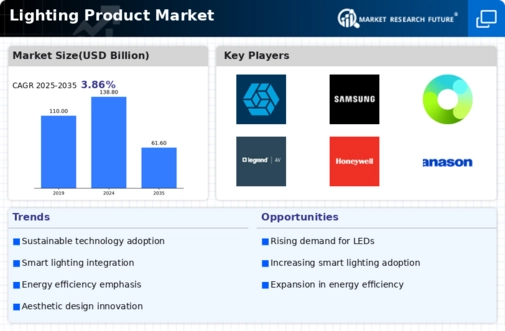
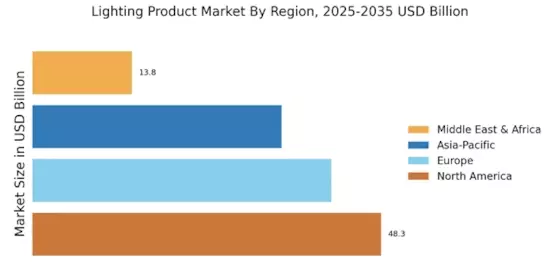
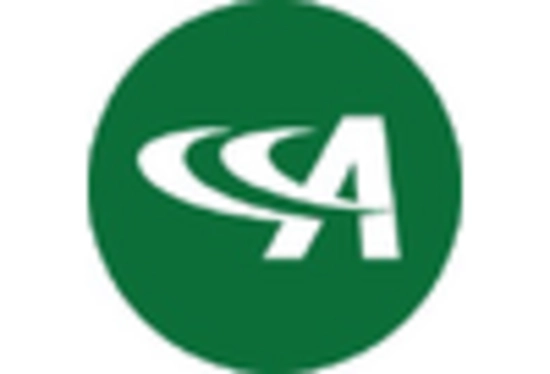
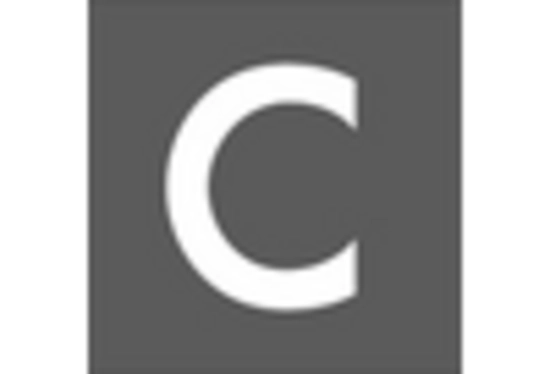
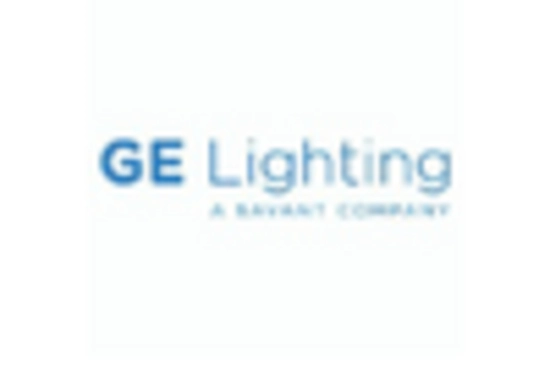
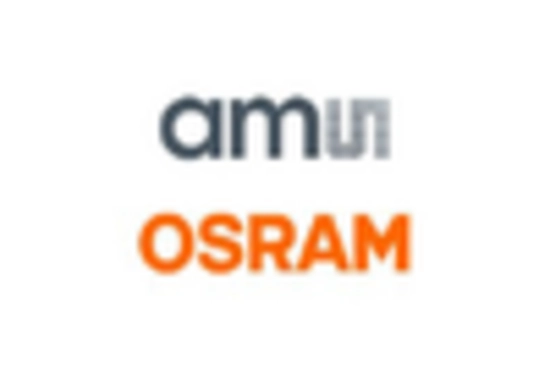
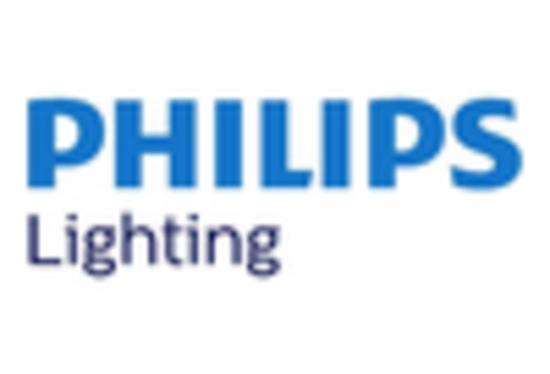
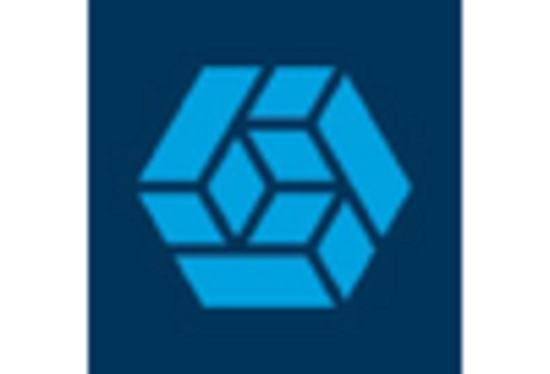








Leave a Comment